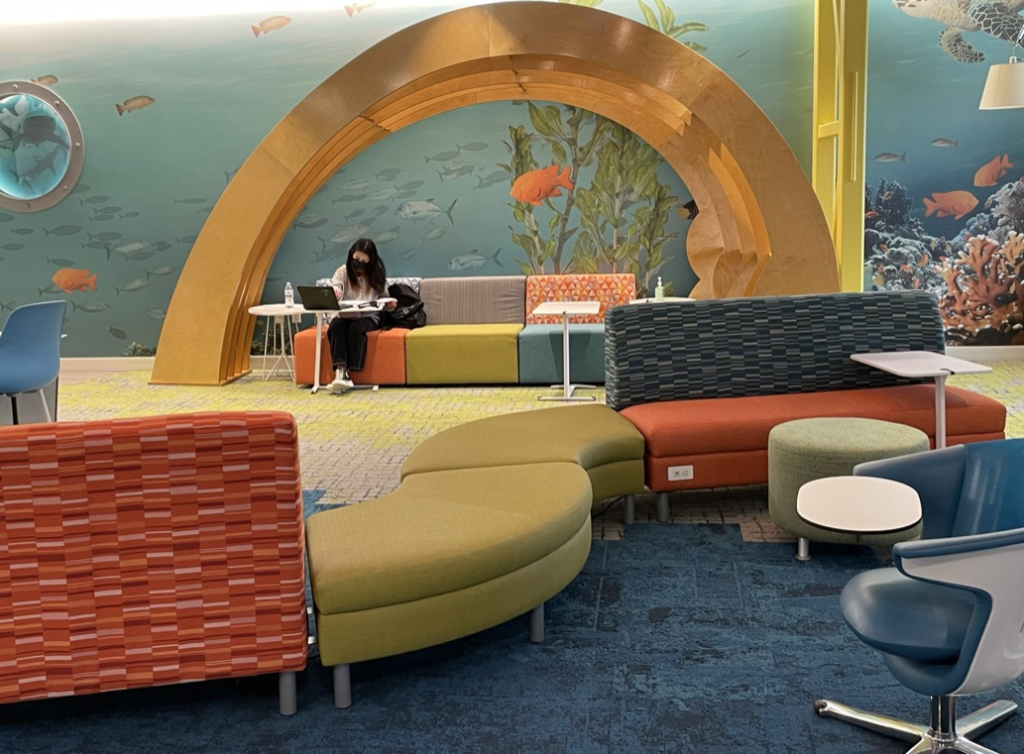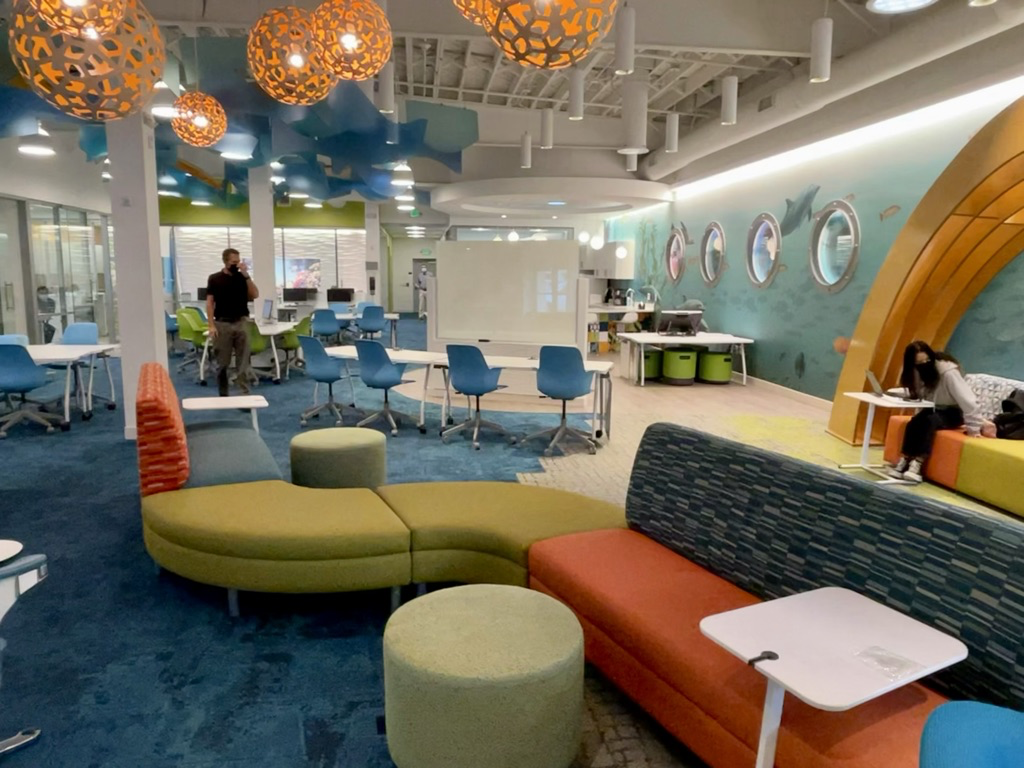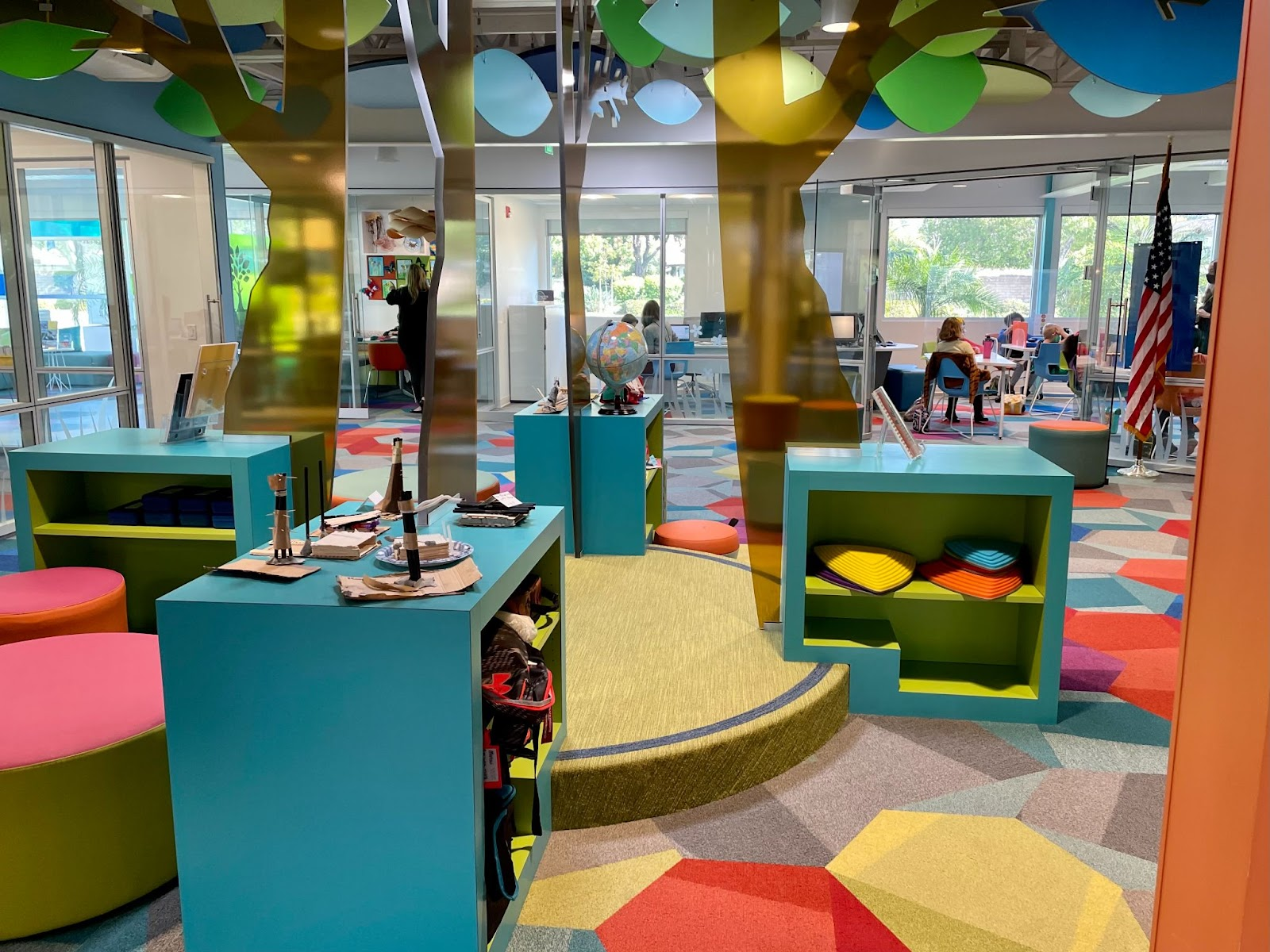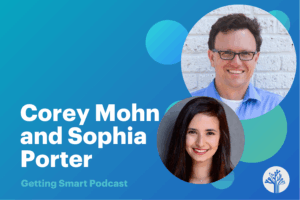Altus Schools: Personalized Learning, Flexible Schedules, Beautiful Spaces, Repeatable Quality
Key Points
-
Altus Schools is the unifying network brand–it’s a set of shared design principles, an instructional model, and a beautiful template for learning environments.
-
Altus networks benefit from a talented leadership team that executes an 11-step strategic planning process in four phases (approach, development, learning, integration).

I met Mary Bixby at a San Diego storefront alternative school 21 years ago. She explained how learners had flexible schedules–some attended in the morning, some in the afternoon–and worked at their own pace through an online curriculum and met with their advisor for goal setting and tutoring.
By 2000, Bixby was already six years into serving high school students not successful in traditional environments through the Charter School of San Diego (CSSD). Since then Bixby has launched two more nonprofits supporting seven more charter schools with 35 locations in southern California. Altus Schools is the unifying network brand–it’s a set of shared design principles, an instructional model, and a beautiful template for learning environments. For its robust and repeatable support systems and use of data to improve, CSSD, the Altus anchor school, won the 2015 Malcolm Baldrige National Quality Award and became one of the few educational organizations to win the nation’s quality award.
In her 2018 book Charter Storm, Bixby outlines four qualities for new nonprofit public schools:
- Purpose: Students and teachers are engaged in goal-oriented work and are passionate about reaching achievable objectives.
- Mastery: Students and teachers strive for excellence.
- Autonomy: Students and teachers have the freedom to approach curriculum in innovative ways.
- Safety and Security: Students and teachers are physically safe and secure.
These values have driven the steady growth of Altus Schools in Southern California.
Altus Learning Model
Jay Garrity, head of instructional services, explains that students enroll in Altus schools for several reasons: they are behind on credits (about 58%), high transiency, bullying or other social issues at a former school, pregnancy or parenting, a special talent that requires a flexible schedule, and/or the freedom to accelerate including early college credit opportunities.
About 60% of Altus learners are LatinX, about 70% are economically disadvantaged, and about 20% have special needs.
The blended learning program, classified as independent study in California, starts with a personalized plan focused on a post-high school goal. Learners take one or two courses at a time and complete a course every three or four weeks. After making progress, some learners return to their residential traditional school, others progress to graduation. Altus schools have served more than 48,000 learners with 15,000 graduates.
While Edgenuity is the core curriculum, it is highly customized and supplemented by teacher-developed resources. The networks use Naviance for guidance and NWEA for interim assessments. Illuminate provides data dashboards.
For the first two decades of operation, learners visited a resource center daily for about three hours. In Spring 2020, the pandemic forced a quick shift to fully remote delivery. This fall, resource centers reopened and about half of the current 3,500 learners visit a resource center on a regular basis.
Most resource centers are open from 7 am to 7 pm with a morning teacher, midday teacher, and evening teacher. Because they support multiple subjects, they are encouraged to gain dual certification.
Resource centers are open 12 months a year with particularly busy summer months as learners enroll to get back on track academically.
Altus University offers professional learning for staff including trauma-informed practices and strategies for promoting youth mental health.
Bixby is proud of high levels of staff satisfaction and retention as a result of clarity of purpose and the support of a scaled organization with strong learning and growth opportunities.

Resource Centers
Altus resource centers look like high-tech workspaces with modular Steelcase furniture. There are a variety of spaces for individual work and meetings with teachers. There are conference rooms for small groups, video walls for presentations, science lab stations, and a kitchen.
Laptop and desktop computers are provided at the resource centers. Chromebooks and hotspots are available for home use.
Resource Centers are in highly accessible areas from south San Diego County to San Bernardino and Riverside Counties.

Elementary Innovation
The Altus network includes one elementary center, Audeo Kids, that supports homeschoolers with a hybrid model. Students attend the resource center one a day a week in grade span groups and work at home the other four days learning through synchronous and asynchronous digital resources as well as print materials.
Six teachers support 152 learners with a mix of on-site and virtual lessons. The English and math curriculum is MobyMax. The social studies curriculum is from HMH.
Quality Leadership
Altus networks benefit from a talented leadership team that executes an 11-step strategic planning process in four phases (approach, development, learning, integration) in annual cycles including a weeklong summer offsite retreat.
The network never relied on private grant funding for growth or sustainability. Every site is managed for quality outcomes and fiscal sustainability.
For 20 years, Bixby has advanced a kids-first mindset, rigorous strategic planning, and quality over quantity. Expansion opportunities for Altus networks are limited in California given the political climate but the robust template could inspire and support education leaders in other states.
This post was originally published on Forbes.







0 Comments
Leave a Comment
Your email address will not be published. All fields are required.